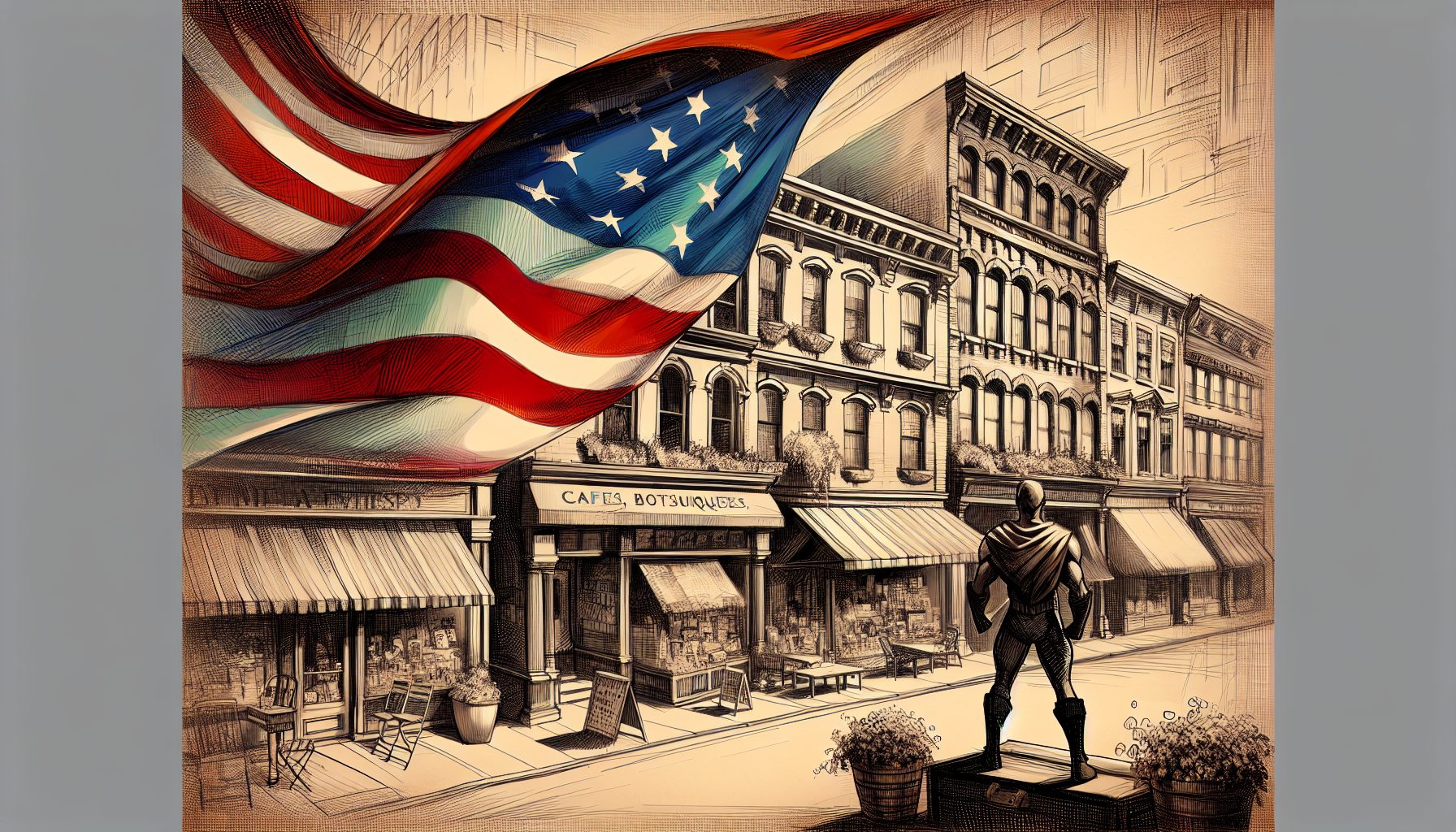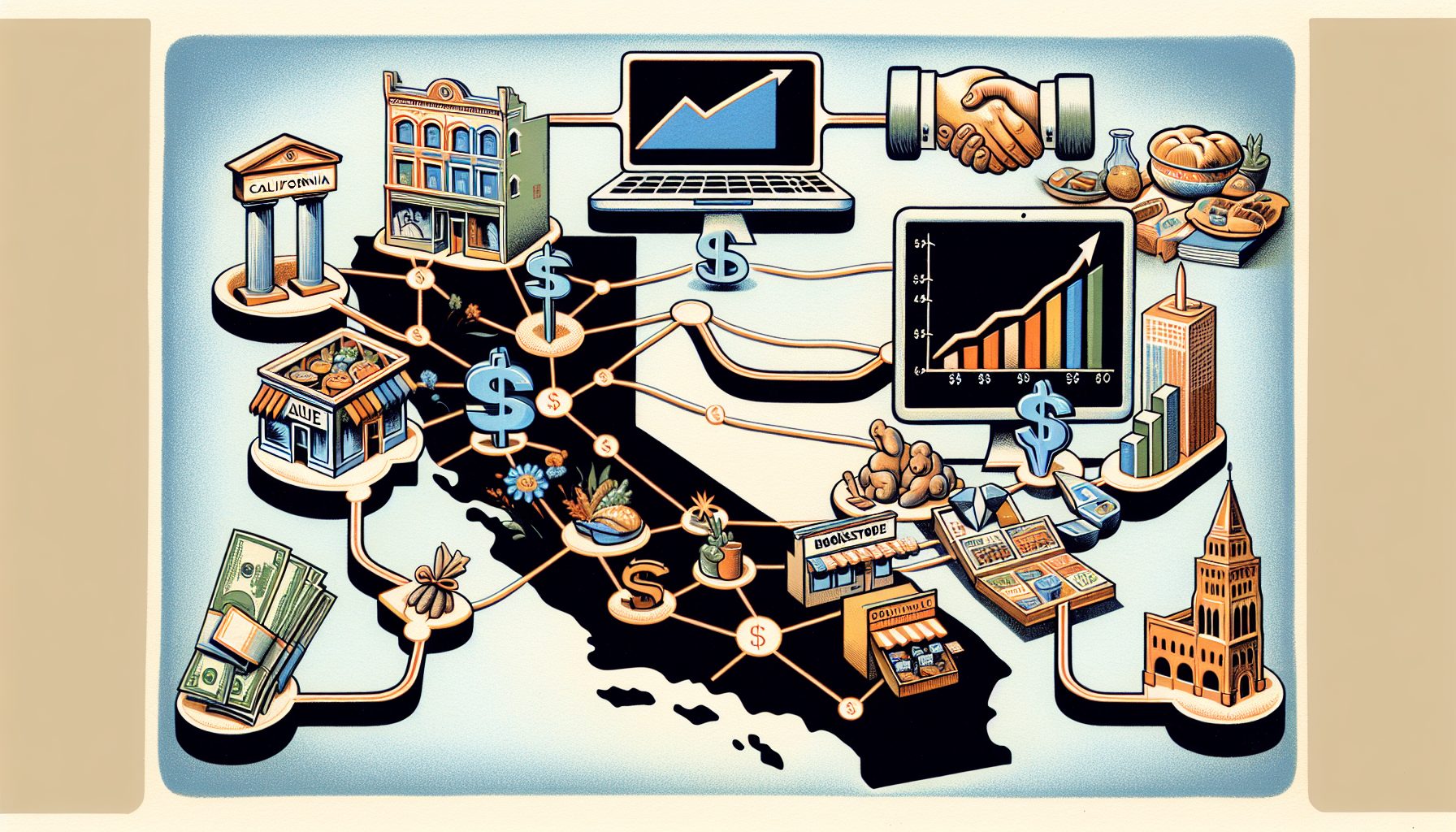Sometime last year, it became clear that ClearChoice had a problem. The company’s chain of dental-implant centers was at 29 and counting, testing the elasticity of its disparate IT systems. Each location had its own database fed by site-specific instances of applications—most notably Great Plains ERP software—making it difficult to get any visibility into whether the company was operating at peak efficiency.
With plans to grow to 50 locations by 2014, ClearChoice needed a platform that would work from a single database, thus improving reporting capabilities. It also needed to provide better transparency to the doctors who own each franchise, giving them quicker access to the financial data they need to manage their locations.
The company wasn’t looking specifically for a cloud-based software as a service solution, but SaaS platforms soon looked attractive because they would bring down deployment costs as new dental-implant centers opened. What’s more, these platforms would improve access to data, says Christopher Miller, program manager of strategic planning and analytics, and the company’s de facto head of IT.
ClearChoice’s ERP search led it to NetSuite’s cloud-based SaaS offering, but it still was hesitant about placing such
critical business data into the cloud. “It took a little bit of help to get people comfortable with the idea that their data isn’t in some amorphous cloud,” says Miller. “It’s in a state-of-the-art data center.”
When it comes to making the move to SaaS applications, the question for most organizations today isn’t so much “if,” as it is “when”—and “to what extent.” Concerns about data security have steadily given way, as more companies discover what ClearChoice did: SaaS applications bring immediate business value, minimal technical hurdles and compelling benefits.
Just months after its ERP migration, ClearChoice’s NetSuite environment has become so indispensable that the company is looking to migrate its CRM and purchasing systems onto the platform later this year. The company is now more quickly able to compile information about things such as how much it’s paying oral surgeons, and it has eased the crunch related to the monthly closing of its books.
“We’re doing things with the push of a button that used to take us hours,” Miller says.
The timing of ClearChoice’s move to the cloud has been critical on another front: The company is selling a stake in the business to a private equity firm—a deal Miller says wouldn’t have been possible if ClearChoice had remained on its legacy ERP system.
RETHINKING IT
For Welcome Wagon, the decision to move its systems to SaaS platforms was born of financial necessity. By the late 1990s, with the growth of two-income homes resulting in fewer women being at home during the day, the once-iconic service was forced to dispense with its familiar “hostesses,” who had been greeting new homeowners for 70 years.
The revamped Welcome Wagon, which focused on delivering ad-filled coupon books to new homeowners, struggled until June 2009, when it was bought by South Florida Media Group. Faced with rising IT-personnel and server-maintenance costs, the new owners quickly realized that, rather than attempt to make sense of the complicated menagerie of technologies they’d inherited, their best option was to completely rethink Welcome Wagon’s IT, says Eric Nudelman, director of IT.
That effort started about a year ago with a move to vtiger, an open-source cloud-based CRM system that would also be used to manage advertising contracts—from order entry to fulfillment. The company then started looking for a SaaS financial app and eventually chose Intacct.
As the company moved further into deployment, it discovered that Intacct had one potentially critical failing: It couldn’t recognize revenue the way Welcome Wagon did. But because vtiger was open source, Welcome Wagon was able to customize it to handle the revenue-recognition functions, using vtiger to format data so that it could be used by Intacct.
“Vtiger can take data in any way I want it to, and the output is made usable by just about anything,” says Nudelman.
Welcome Wagon likely will run its vtiger-Intacct cloud environment parallel to its legacy systems until October, when it anticipates making the final switch to being a fully cloud-enabled company, he says.
In retrospect, Nudelman says he could have been a bit more careful about the migration to Intacct. He suggests that other companies that are considering adopting SaaS applications perform thorough due diligence.
“Make sure before you jump into SaaS that you dot your i’s and cross your t’s before you start,” he advises. “Explain exactly what you need to do, and solidify your understanding of how the app will work for you. Understand what your core requirements are and make sure they’re met.”








